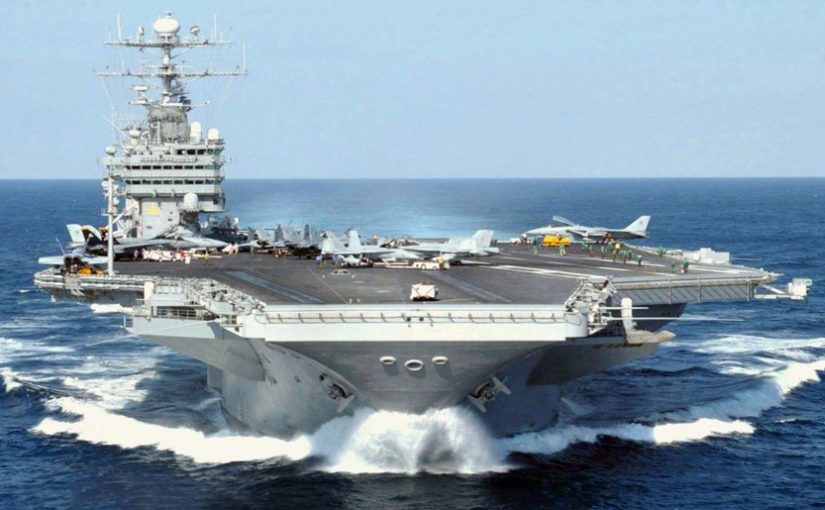America is an empire. It is an oligarchy that is ruled and controlled by the wealthiest interests in the world, and many of them are neocons. These neocons that believe that power-projection will never result in “push-back” on American soil. To this end, they heavily promote the idea of mobile military platforms; fleets of aircraft carriers that sail the world and exert military influence where ever they travel.
My argument is legion against these mobile armadas;
- The role of the American military should be defensive, not offensive. (Coast Guard NOT international Navy).
- They are expensive.
- They can be destroyed.
- When fighting a nation that has the ability to fight back, the loss of an aircraft carrier would be the last thing that anyone should worry about. The loss of New York, Chicago, Washington and LA, should be what you worry about instead.
Keep in mind that Japan lost all of their aircraft carriers during world war II, and America lost a sizable number as well. They are NOT invincible.
Here is an article that expounds on that point. I think that it is a good read. Please check it out.
Translated by Eugenia. Recently, the American journal The National Interest published an article with a telling title: “5 Reasons Russia and China Might Not Be Able to Sink a U.S. Aircraft Carrier”. The author of the article discusses these reasons in detail. All of them are, by the way, pretty self-evident. I obtained this from the Russian translation by Eugenia. All credit to both the Russian translation and the original authors.
First the article
Here is the article in question;
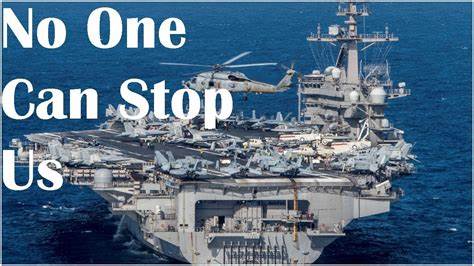
Here’s a few American rebuttals…
Not every American is in agreement that Aircraft Carriers are a critical and necessary component of national interest.
- Face It, The Mighty U.S. Aircraft Carrier is Finished …
- Russia, China’s ‘carrier killer’ missiles threaten, USS …
- Should America Fear China’s “Carrier-Killer” Missile …
- What It Would Really Take To Sink A Modern Aircraft Carrier
And of course, the Russian rebuttal…
“Unsinkable” American Aircraft Carriers: Five Nonsensical Statements
So there’s five reasons, right…
The first one turned out to be (do you believe this?) that “the American aircraft carrier is big and fast . . . “.
The second one – “it has many weapons . . . “.
The third reason – “it is well defended . . .”.
The fourth reason – “it acts prudently . . . “.
And, finally, the fifth – “the American military technologies are the best in the world . . .”.
Such is a collection of simplistic propagandist clichés that the American propaganda machine is pounding into the head of the Western common man.
OMG!
It is important to understand that the National interest is not some “yellow” paper; this in an analytical journal that is expected to offer responsible and professional publications.
It is the voice piece for solid and thoughtful military planning and decision making efforts.
A Large And Fast Coffin With A Propeller
Let us take a closer look at the way the author of the article – an expert and political analyst – explains to his readers why the American aircraft carriers are invulnerable and unsinkable . . .
First Reason
OK, the first thesis. The American aircraft carries is indeed large and fast. It has 25 decks; its maximal height is 80 meters; it displaces 100,000 tons of water and can carry 70, or even up to 90, aircraft of different types.

Unfortunately, one small detail spoils this lovely picture: a large target is easier to hit!
But the Americans simply cannot make their aircraft carriers smaller. The reason is simple: they are insanely expensive.
The carries have to be made in such enormous size, simply because if they are made smaller, more of them will be needed. Flexibility of the American aircraft carrier fleet would in such case increase, but the price would skyrocket.
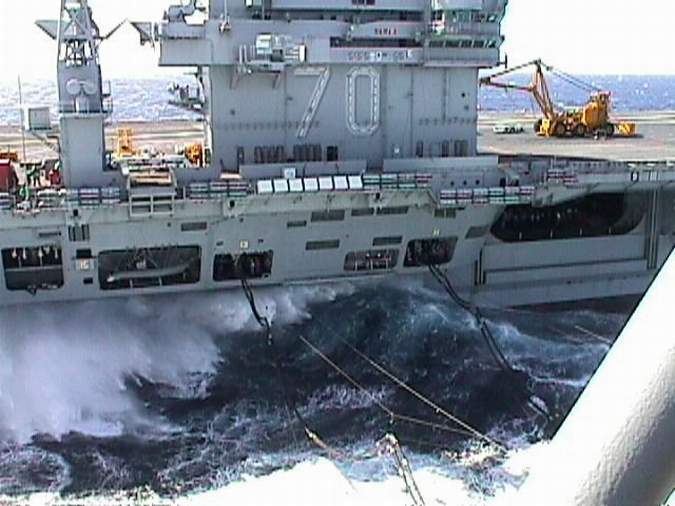
Judge by yourself: a modern aircraft carrier costs the US approximately $13 billion (that is how much the newest “Gerald Ford” cost), and the carrier air wing (the Navy version of F-35) based of the carrier costs additional $7 billions.
Plus, there are the ships of the “carrier strike group” – multiple guided missile warships, destroyers equipped with Aegis combat system, and stealthy attack submarines.
Thus, one such group costs the Americans around $50 billion dollars!
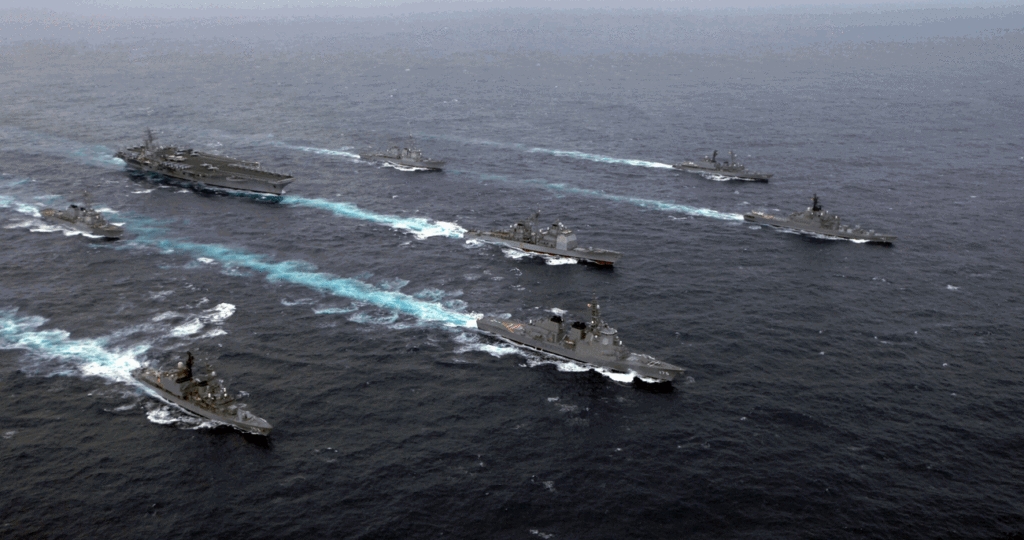
And, by the way, these $50 billions are never able to move as quickly as the “expert” in the National Interest asserts . . .
But in America nobody is concerned with such details.
The author does not shy away from stating:
“The aircraft carriers are constantly moving when deployed at up to 35 miles per hour – fast enough to outrun submarines – finding and tracking them is difficult. Within 30 minutes after a sighting by enemies, the area within which a carrier might be operating has grown to 700 square miles; after 90 minutes, it has expanded to 6,000 square miles”.
It sound great but in reality not one American aircraft carrier can reach this speed. The maximal speed that it can maintain – for a limited time – is 30 knots.
The key word here is LIMITED time.
If anyone thinks that an aircraft carrier can immediately upon entering the open sea accelerate to 30 knots (almost 56 km per hour) and keep racing on the waives, he is very much mistaken.
This is impossible.
In reality, 95% of their time American aircraft carriers move in an economy mode at the speed no faster than 14 knots (about 26 km/hour). When airplanes take off or land on the carrier, the carrier is seriously limited in its ability to change speed or course.
An aircraft carrier is not a bike. If this floating airdrome turned from side to side all the time, pilots would not be able to make landings.
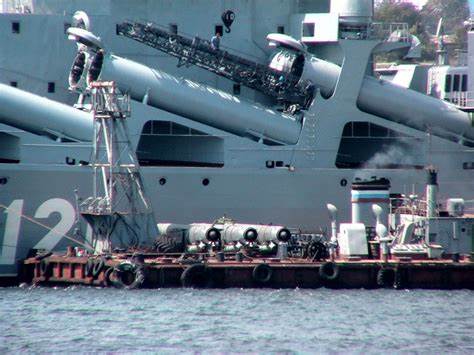
Another small detail: who would give to an aircraft carrier 30 min so it could escape from the battle zone?
Even the old Soviet missile “Granit” (note that the American still do not have anything like it), which our nuclear submarine cruisers of 949-project “Antey” type are armed with, fired from its maximal distance would reach its target in just slightly more than 500 second.
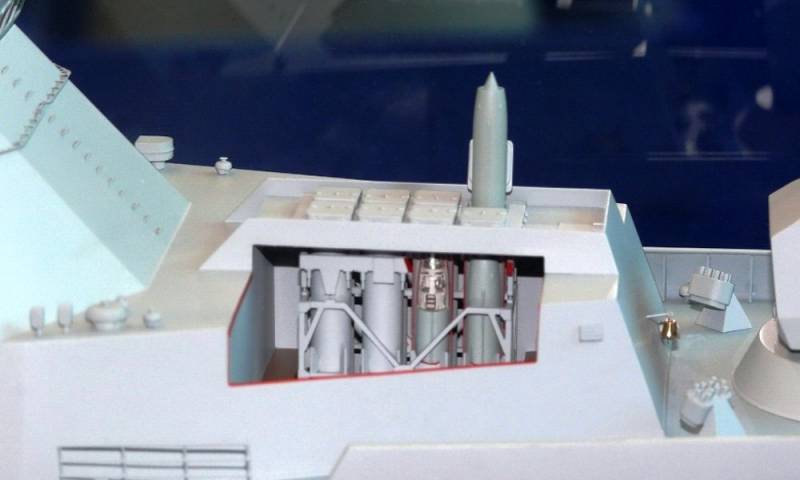
This means that when a missile is fired, an American aircraft carrier would have time to get away from the point of its detection at its maximal speed to no more than 7.5 km.
Such distance is definitely within the range covered by the self-targeting mechanism of “Granit”. Thus, the missile will reach its target and, if not neutralized by the air defense systems (which is not very probable), destroy the target.
Furthermore, as the American “expert” should know, no one will fire at an aircraft carrier group just one missile!
Every our “Antey” submarine is equipped with 24 such missiles. Additionally, I believe, if the Chief of Staff of our Navy plans an operations to destroy an American aircraft carrier, such operation will involve more than one “Antey”.
The first submarine of Project 949 was laid down in the mid-1970s and was commissioned in 1980. In 1982 an updated and larger version (Project 949A) replaced the earlier version. In total thirteen submarines were constructed. The Oscar class was designed to attack NATO carrier battle groups using long-range SS-N-19 \"Shipwreck\" anti-ship missiles and targeting data provided by the EORSAT satellite system. - Oscar-class submarine | Military Wiki
If all 24 “Granit” missiles are fired simultaneously, it will be all but impossible to intercept them. Most of them fly at a very low altitude: they creep just above the surface of the ocean.
Just one missile flies above – it guides the whole pack to the target. If the adversary destroys the guiding missile, it is immediately substituted by one of the remaining missiles flying below.
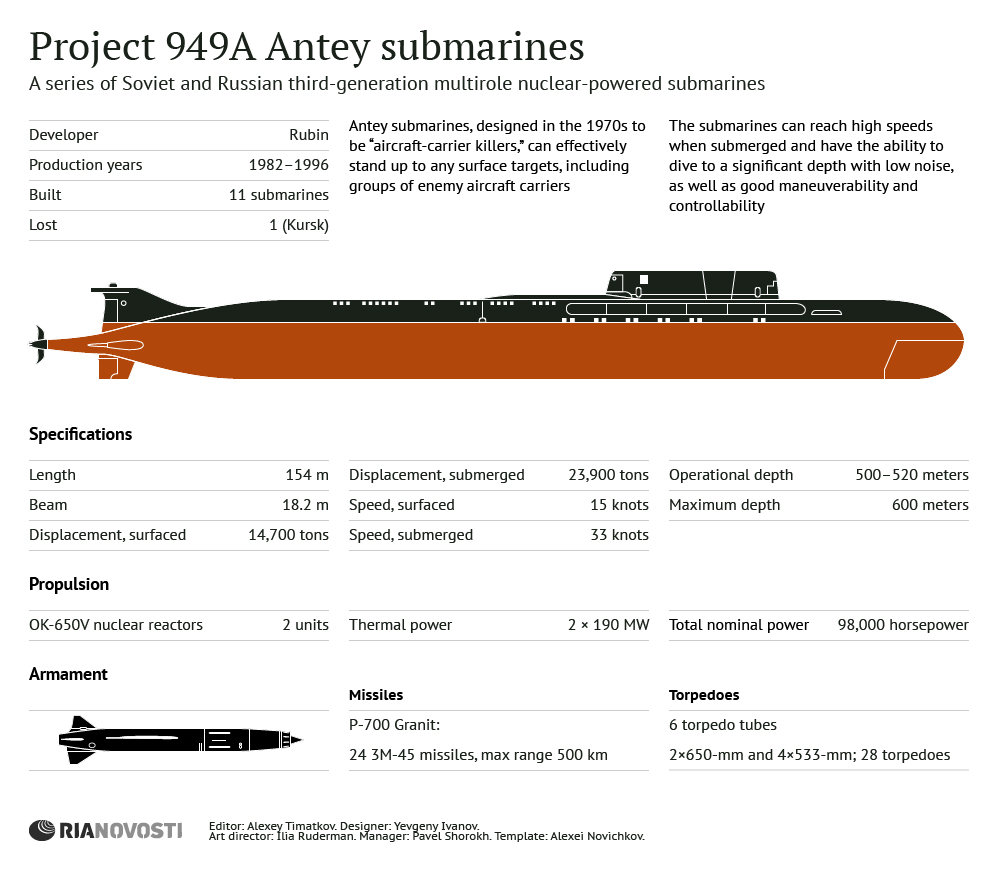
When the Soviet engineers designed these missiles, they incorporated elements of the artificial intelligence in their design: the missiles communicate with each other selecting their targets in such a way, so that two missiles accidentally do not hit the same small target.
For example, our missiles know how to select the main target, and if that target is an aircraft carrier, the “Granits” would not self-target the accompanying warships – they will target specifically the carrier.
In addition, the missiles know other little tricks that certainly will come as a “unpleasant” surprise for the Americans, such as the ability to interact with the Naval Space System of Intelligence and Guidance (NSIG).
It seems, however, that the author of this American article has not idea that NSIG exists. However, such a system existed back in the Soviet Union – named “Legend”.
It’s Russian descendant is “Liana” that has broad capabilities to detect and follow American aircraft carrier groups in the ocean. This system is capable of guiding missiles to targets even after their have been launched.
Liana is the second-generation Russian system for space-based surveillance and targeting. Work on the project began in the early 1990s, shortly after the collapse of the Soviet Union. - Ocean Surveillance - Liana - Lotus C and Pion-NCC
Obviously, no matter how good the weapons are or how sophisticated the detection system is – there is no 100% guarantee that an aircraft carrier will be destroyed by the first missile launch. However, the probability that by using all means at our disposal we will be able to sink it…
… is pretty high.
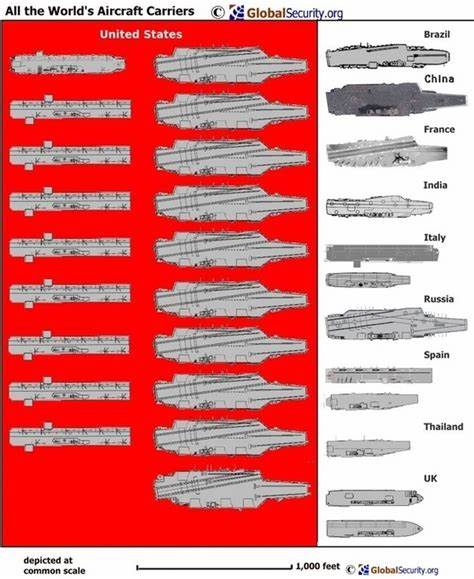
Armed To The Teeth And Very Careful…
Let us find out who provides serious American journals with such analytical trash.
Who is this fantastic American “expert” that has no problem misleading his readers?
He is Loren Thompson, Chief Operating Officer of the Lexington Institute, a well-known organization, by the way. He is also a Deputy Director of the Security Studies Program at Georgetown University where he taught strategy to graduate students and lectured at the Harvard University’s School of Government.
We can only guess what kind of strategy this expert in strategic thinking taught his students. I think we can appreciate the quality of the government officials trained on the lecture of this illustrious “expert”.
But let us return to the reasons why we, supposedly, will never be able to sink an American aircraft carrier.
Second and Third Reasons
The second and third reasons, according to Thompson, is that an American aircraft carrier “has lots of weapons and can defend itself . . .” Who could have thought? Really, one immediately senses that he is dealing with a true professional looking into the heart of the matter
An aircraft carrier is indeed loaded with weapons.
Thompson, however, does not seem to understand that these are offensive and not defensive weapons. A carrier is completely incapable of defending itself! The air defense and defense against submarines are expected to be provided by the accompanying ships.
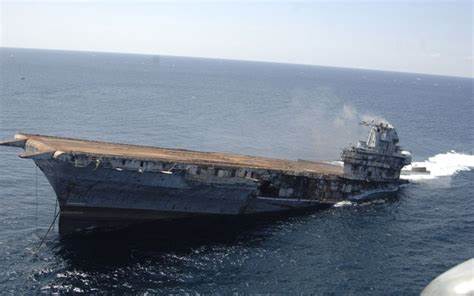
Loren Thompson says that these ships are numerous and well armed, and that is why a carrier will never be sunk. I am almost afraid to remind that an attack on the carrier will not be conducted single handedly, either!
And I would like to interject, that a modern nuclear missile detonated 25 miles away would severely damage a carrier group, if not sink it entirely. ...and... The purpose of a carrier group is to go up against nuclear-armed major powers.
During the Soviet regime, a whole regiment of missile-armed Ty-22 aircraft was designated for the destruction of one American aircraft carrier. This means dozens of airplanes. Plus submarines armed with cruise missiles. Plus other means of attack and destruction at our Navy’s disposal.
As history teaches us: 70 years ago during the World War II the presence of a large number of accompanying ships did not prevent the Japanese from sinking many an American aircraft carrier. In two years from 1942 to 1944 they successfully sunk as many as 11 of them!
We should think the offensive weapons advanced significantly since those times.
Fourth Reason
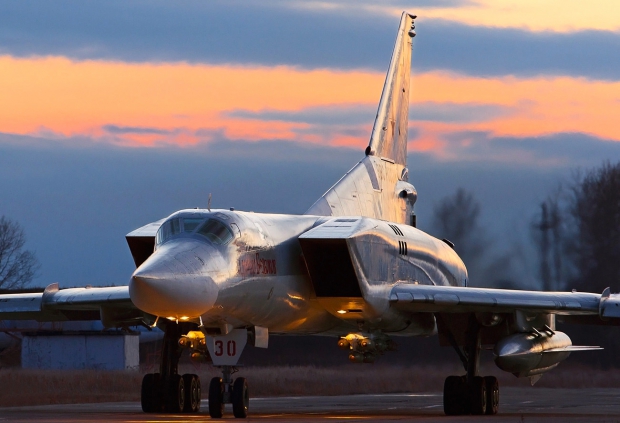
For example, the fighter-interceptor Tu-22 M3 (long distance supersonic missile-armed bomber – editor note). These Soviet-time airplanes are being thoroughly modernized, and the equipment of these newly modernized machines Tu-22 M3M will include, in particular, anti-ship new generation missiles X-32. For some reason, they are rarely mentioned in press, but these are fantastic missiles.
After launch, the come up to 40 km and fly at the speed almost 5 time faster than the sound. After coming upon the target, they descend on it almost vertically.

Today, the United States Navy does not possess any weapon even remotely close in its characteristics to our X-32. The Americans also do not have any air defense system capable of intercepting this missile . . .
- New Kh-32 Antiship Missile Becomes Operational in Russia …
- Next Gen Kh-32 ant-ship cruise missile tests drawing to a …
- Russian Military Reveals How US Could Intercept New …
- Russia’s Mystery Missile – The New York Times
- 9M730 Knizhal – Dagger / Product 75 / Product 715
That is why the fourth reason that, as The National Interest asserts, makes the enemy incapable of destroying American aircraft carriers is particularly important.
What is this reason?
Oh yes – they “do not take chances”.
When, perhaps, it would be better not to leave the base and go into the open ocean at all? It is so much safer . . .
But if you are out there . . .
Take chances or not, but on the way to the area of conflict with our (Russian) Navy (in the North Atlantic, for example) the American aircraft carries would have to pass through straits, narrow channels, where…
… naturally, our submarines and other forces would be waiting for them…
…and, according to the Russian customs, welcome them…
… with the “bread-and-salt” of cruise missiles seasoned with torpedoes, mines, and bombs . . .
In any case, the traditional Russian welcome for the aircraft carriers will be assured!
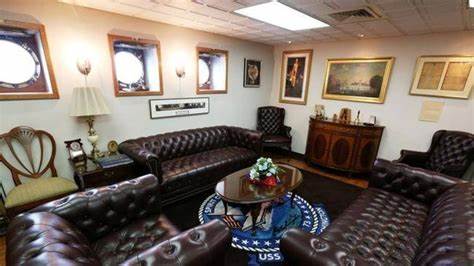
Whether you are careful or not, but you cannot arrive from Jacksonville, an American Navy base on the US East coast, to our shores (for example, to the area of responsibility of the Northern Navy with its mane bases on the Kolsky peninsula) bypassing several well-known narrow channels and straits.
The Americans themselves during the Cold War constructed anti-submarine barriers in those places with the goal of preventing our subs from getting into the Atlantic. The best-known examples – the barrier along the line the North Cape – Medvezhyi (Bear) island and between Iceland and Faroe islands . . .
Fifth Reason
The last, fifth, reason of the invincibility of the American aircraft carriers, according to Loren Thompson, is the greatest achievement of his expert-analytical approach.
The reason is a fact self-evident for every American that the Americans are generally the best in the world and they possess the best technologies, including the military ones.
However, this is not exactly a fact.
For example, the Russian technologies of the anti-ship cruise missiles are definitely better than their American counterparts. Everyone who knows anything and learned anything knows that. In particular, the military experts are paying close attention to the Russian hypersonic missiles of the new generation.
- Russia’s new hypersonic missile ‘can travel 27 times …
- Russia deploys first hypersonic missiles
- Russia deploys Avangard hypersonic missile system – BBC
- Russia’s New Hypersonic Missile Travels Nearly Two Miles a …
- Russia Will Deploy New Hypersonic Missile Systems In 2019 …
Farsighted Alarmists
The Americans do not appear to be amenable to reason but some of their allies are more or less adequate. Thus, recently the media in the Great Britain created a veritable hysteria on the subject of the new Russian missile “Zircon”.
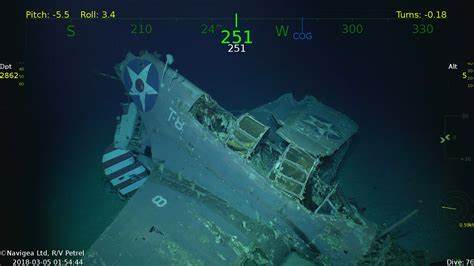
The first to raise alarm was the British newspaper The Independent. It stated: “It is impossible to stop “Zircon”. Even the newest air defense systems are yet to come to the British Navy will only be able to destroy target at the maximum speed of 3700 km/hour, whereas “Zircon” can reach 6000 or even 7400 km/hour”.
The Daily Star offered further development of the theme about the scary Russians:
“Russia produces deadly missiles capable of destroying the entire Royal Navy in one hit. A representative of the British Foreign Ministry believes that the Russian “Zircon”, which cant carry a nuclear warhead, completely changes the rules of war at sea. Our aircraft carriers simply could not be deployed where the Russians have these missiles . . .”
Another British newspaper, The Mirror, carried on in the same alarmist tone.
It wrote:
“The Russian missile moves with the speed twice as fast as the speed of the sniper bullet. It can send the most advanced ships to the bottom of the sea. The experts say that out Navy today has no defense against this terrible weapon. The appearance of “Zircon” in the Russian arsenal make both our aircraft carriers costing $7 billion each useless”.
The Daily Mail added the final accord to this panicky choir:
“Russia created an invincible cruise missile that travels at 4600 miles per hour and is capable of destroying a British aircraft carries with one hit. This deadly missile “Zircon” can be launched from the land, sea, or air carriers. It covers 155 miles in 2.5 minutes. Its appearance make the very idea of the aircraft carrier groups meaningless, and we simply do not have anything to counter it with”.
The Americans might, of course, hope that our “Zircon” is a threat exclusively to the British aircraft carriers.
Regardless of what they think, the facts say differently: any attempt by the American Navy to test in the real battle conditions whether or not the Russians can sink their aircraft carrier will most likely end quite badly for the US of A.
Conclusion
While the American military and public lie safely ensconced within the “echo chamber” of “enormous military might”. The idea that American overseas projection – the carrier Navy can we eliminated within minutes has taken hold in the rest of the world.
This might be true, or might be wrong.
I, for one, hope that we never find out.
The systems for Empire projection, that America has relied on for the last 70 years, is coming to a close. What the evolution is pointing towards is…
- America to step-down and stop being the world’s policeman.
- The idea of carrier battle groups is a dangerous and outdated concept.
- The idea that they can be used against a well-equipped and motivated enemy and nuclear weapons WILL NOT be used is insanity.
- Losing all 12 carriers is possible along with the destruction of all of the biggest cities on American soil.
This is a terrible reality, and it may come to fruition unless United States stops it’s Empire-building role, and concentrates on domestic issues and tranquility.
If you enjoyed this post, you might find other posts in the SHTF index to your liking…
SHTF ArticlesArticles & Links
You’ll not find any big banners or popups here talking about cookies and privacy notices. There are no ads on this site (aside from the hosting ads – a necessary evil). Functionally and fundamentally, I just don’t make money off of this blog. It is NOT monetized. Finally, I don’t track you because I just don’t care to.
- You can start reading the articles by going HERE.
- You can visit the Index Page HERE to explore by article subject.
- You can also ask the author some questions. You can go HERE to find out how to go about this.
- You can find out more about the author HERE.
- If you have concerns or complaints, you can go HERE.
- If you want to make a donation, you can go HERE.

